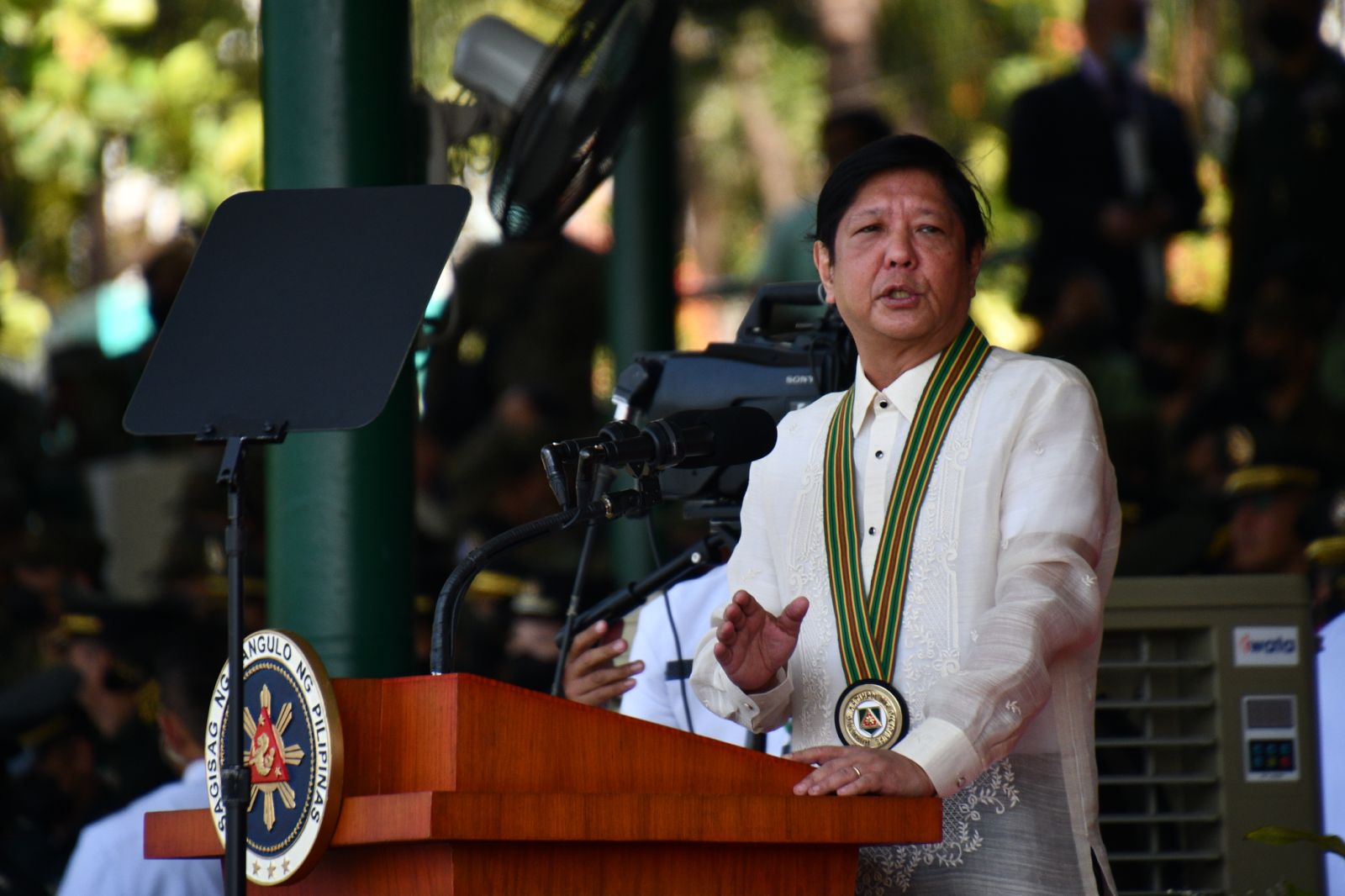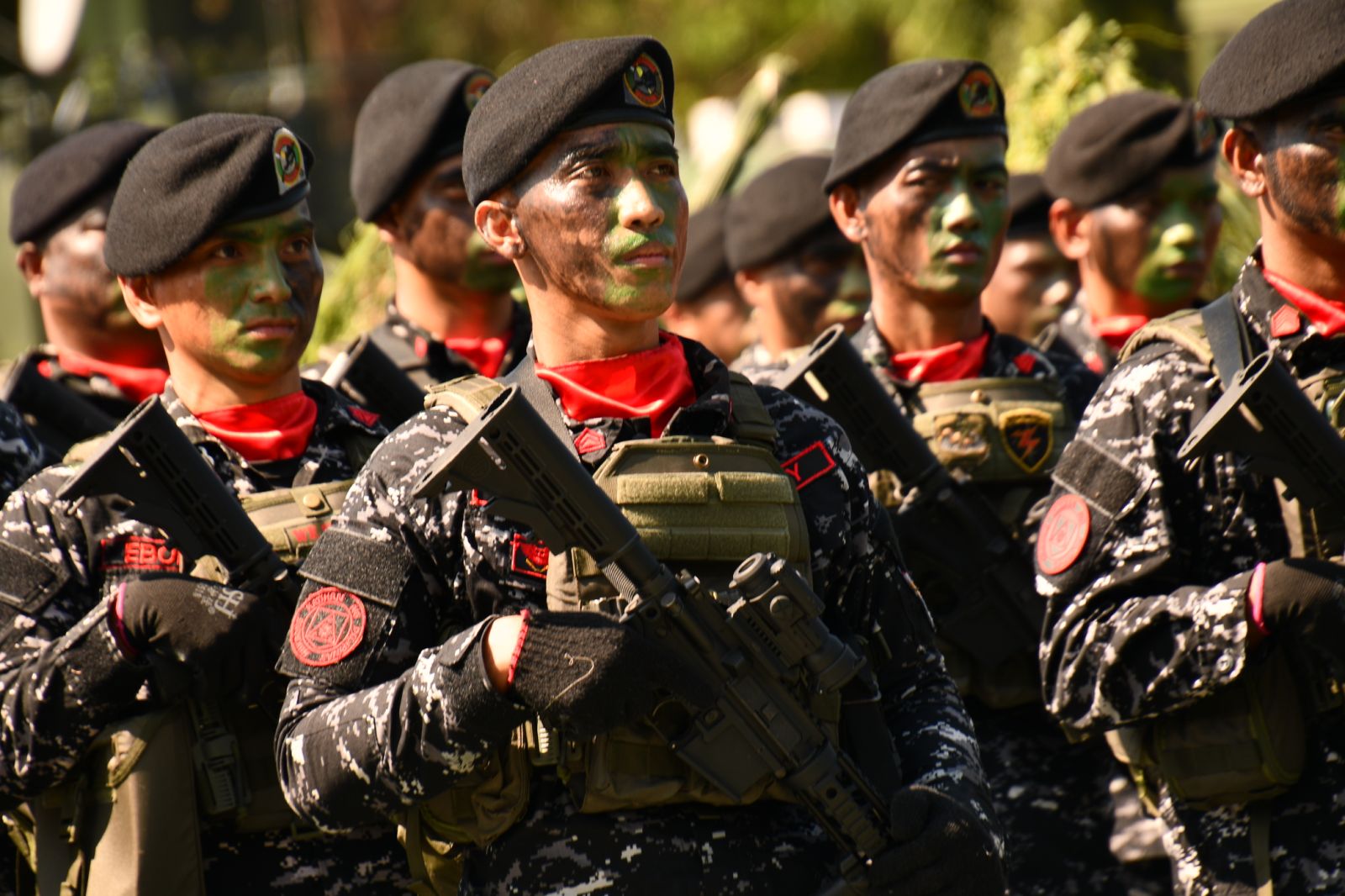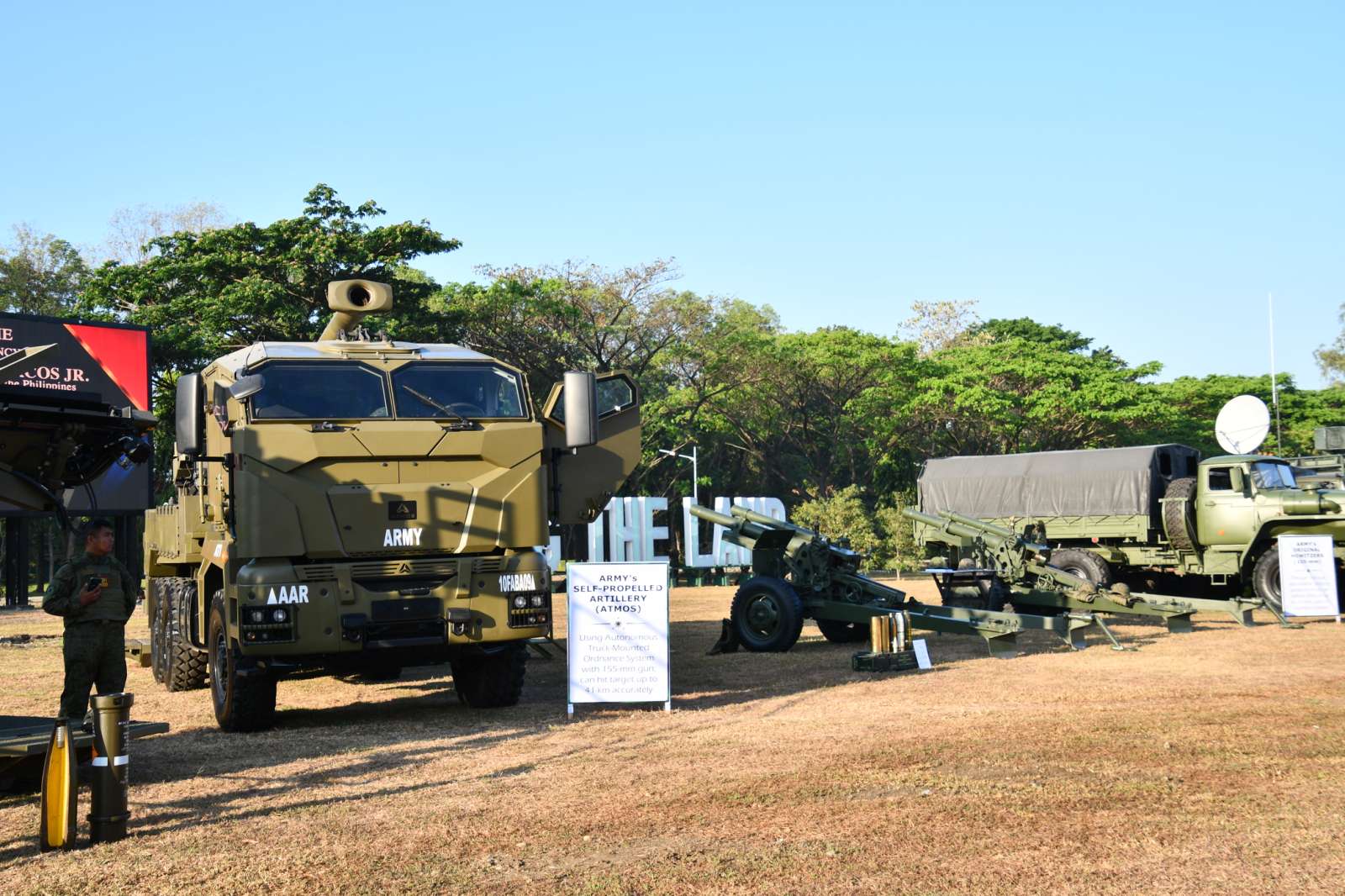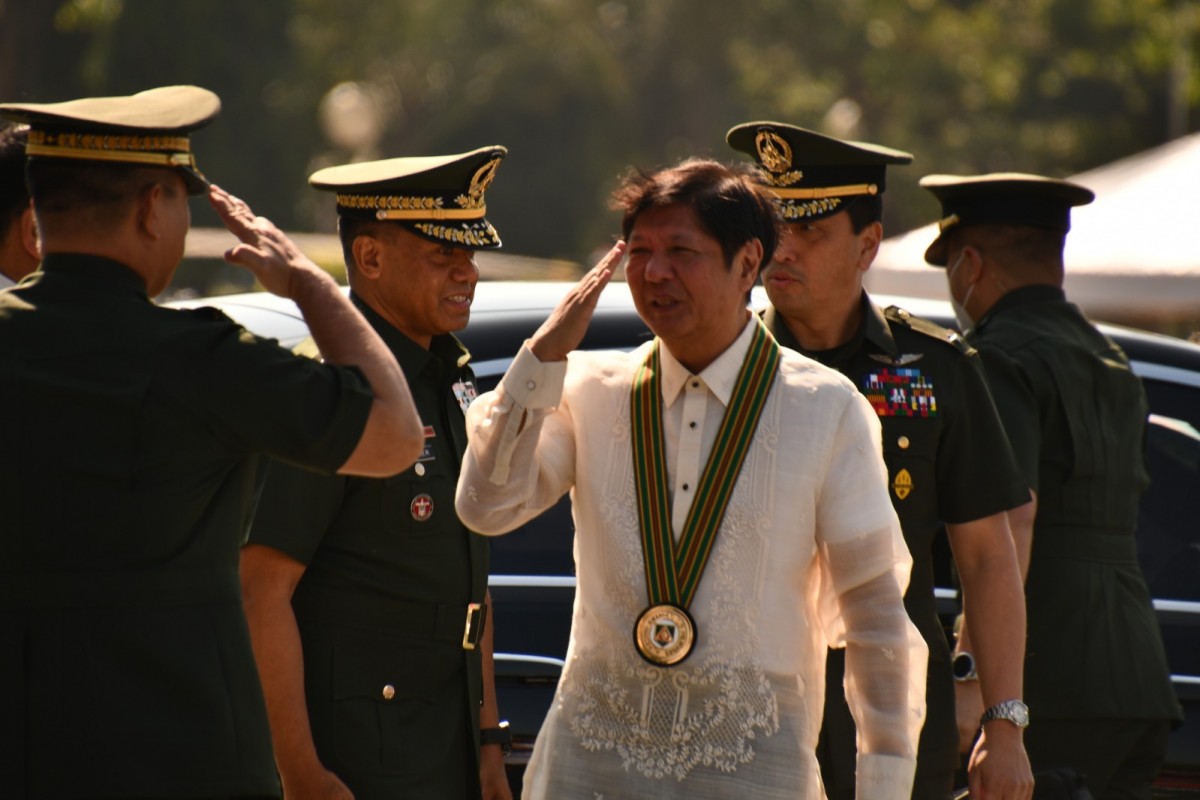(Photos by Jumalynne Doctolero/PIA-NCR)
TAGUIG CITY, (PIA) -- President Ferdinand R. Marcos Jr. on Wednesday announced that his administration is determined to provide housing for the country’s uniformed personnel.
“We have to help them with their housing... Whatever efforts we put into, this is an investment... It is an investment on the well-being of our [uniformed] personnel,” Pres. Marcos said on the sidelines of the 126th founding anniversary of the Philippine Army (PA) in Fort Bonifacio, Taguig City.
Marcos, the commander-in-chief of the Armed Forces of the Philippines, said the government has found a property in Cavite for the housing program for soldiers and police officers.
“We decided as a pilot program to build 1,000 units,” he added, as according to him, there is available land for the program, but the government has to work on a scheme to get other stakeholders onboard.

It can be recalled that Pres. Marcos has been leading site inspections and launches of different housing projects in the National Capital Region and in the provinces, most notably under the administration's flagship program dubbed, “Pambansang Pabahay para sa Pilipino”: Zero ISF (Informal Settler Family) 2028 Program.
The program aims to address the housing backlog in the country pegged at more than 6.5 million units.
Meanwhile, during the Army anniversary, Pres. Marcos recognized the Philippine Army as an “institution that serves as a defender of our land and of our people,” which have shown patriotism and bravery that brought peace, stability and democracy to the country.
This year’s theme, ”Army @ 126: Strong, United and Reliable,” highlights its non-traditional roles that demonstrate its commitment to serve as a strong, united, and reliable ground force for the Filipino people: Emergency Response, Local Peace Engagement, Environmental Protection and Preservation, Socio-Economic Development, Reserve Force Development, and Food Security.
“The entire nation is grateful for the many sacrifices our ground troops have made to ensure our internal security,” he said.

In 2010, the PA introduced its Army Transformation Roadmap (ATR) 2028 paving programs for capability upgrades, modernization initiatives, and campaigns for good governance and performance excellence.
In January 2023, the PA laid out its 2040 vision of becoming a world-class, multi-mission ready, and cross-domain capable ground force.
“We have come to a point in our country’s history when a half-a-century’s fight with insurgents is coming to an end. This would not only bring peace to our nation but would also help development and improve the lives of every Filipino,” Pres. Marcos said.
the President also noted the whole-of-nation approach to address the root causes of insurgency.
“Take on the task of peacemakers—work with the national government agencies, the civil society groups, the private sector, and the communities themselves in keeping the peace,” he added.
The President also led the awarding of 18 Army personnel and stakeholders who exhibited outstanding performance and leadership in their areas of expertise.

The Philippine Army also showcased its modernization efforts and capability development to guests and participants.
Static and kinetic exhibits were showcased highlighting the non-traditional roles of the Philippine Army in nation-building in support of the government’s programs on food security, environmental protection and preservation, socio-economic development, and local peace engagement.
The warfighting display, on the other hand, highlighted the newly acquired defense assets of the Philippine Army emphasizing its non-traditional roles, such as being at the forefront of humanitarian assistance and disaster response (HADR) during calamities.
Among the assets displayed were the Army’s biggest gun, the ATMOS (155mm) self-propelled howitzers with automatic loading and a digital fire control, newly upgraded armored combat vehicles equipped with modern communication, navigation, and weapons systems, and combat engineer heavy equipment used in various development support projects, clearing operations in landslide-hit roads and base development initiatives.
Historically, the Philippine Army was first established on March 23, 1897 during the Tejeros Convention in Cavite.
In 1935, the new Philippine Army was created under the Commonwealth Act No. 1 (National Defense Act).
During World War II, some of its divisions were integrated into the United States Armed Forces in the Far East (USAFFE). After the war, four military areas were created namely Philippine Constabulary, Philippine Army, Philippine Air Force, and Philippine Navy.
Currently, the Philippine Army supports the government’s whole-of-nation approach against insurgency led by the National Task Force to End the Local Communist Armed Conflict. (PIA-NCR)




